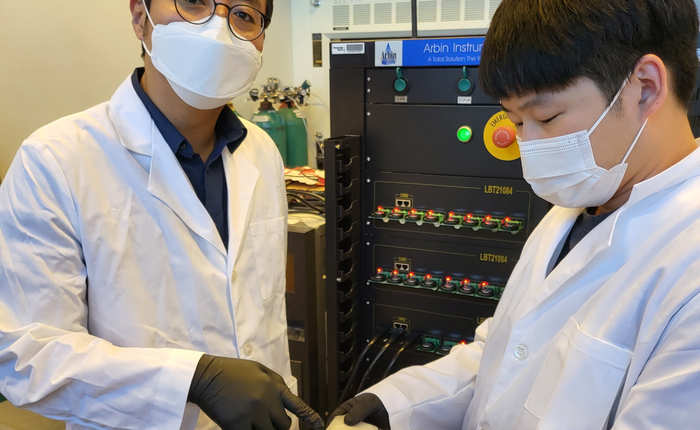
I love old films. When reading about Georgia Tech’s recent announcement regarding their combination of rubber material with an innovative 3D structure to replace liquid electrolytes in batteries, an old mid-1960s film, The Graduate, came to mind. During the film, lead actor Dustin Hoffman is given one word—plastics—as being critical to the future. Since the film’s release, plastics have been a boon to all sorts of technical advances, have changed the face of packaging, and are the bane of the environment. I immediately replaced the iconic “plastics” in the film with “rubber” in the research.
Back to rubber. Researchers at the Georgia Institute of Technology propose that rubber could be a promising alternative to conventional lithium-ion batteries. Synthetic rubber is widely used in consumer products, wearable electronics, and soft robotics due to its mechanical properties. Formulated into a 3D structure, the combination provides longer charging batteries that go farther. The research has been published in the journal Nature.
Seung Woo Lee, associate professor in the George W. Woodruff School of Mechanical Engineering, is part of a team of researchers that uncovered a rubber-based organic polymer superior to other materials. Georgia Tech engineers have solved common problems using the rubber electrolytes. The key breakthrough was allowing the material to form a three-dimensional (3D) interconnected plastic crystal phase within the robust rubber matrix resulting in high ionic conductivity, superior mechanical properties, and electrochemical stability.
